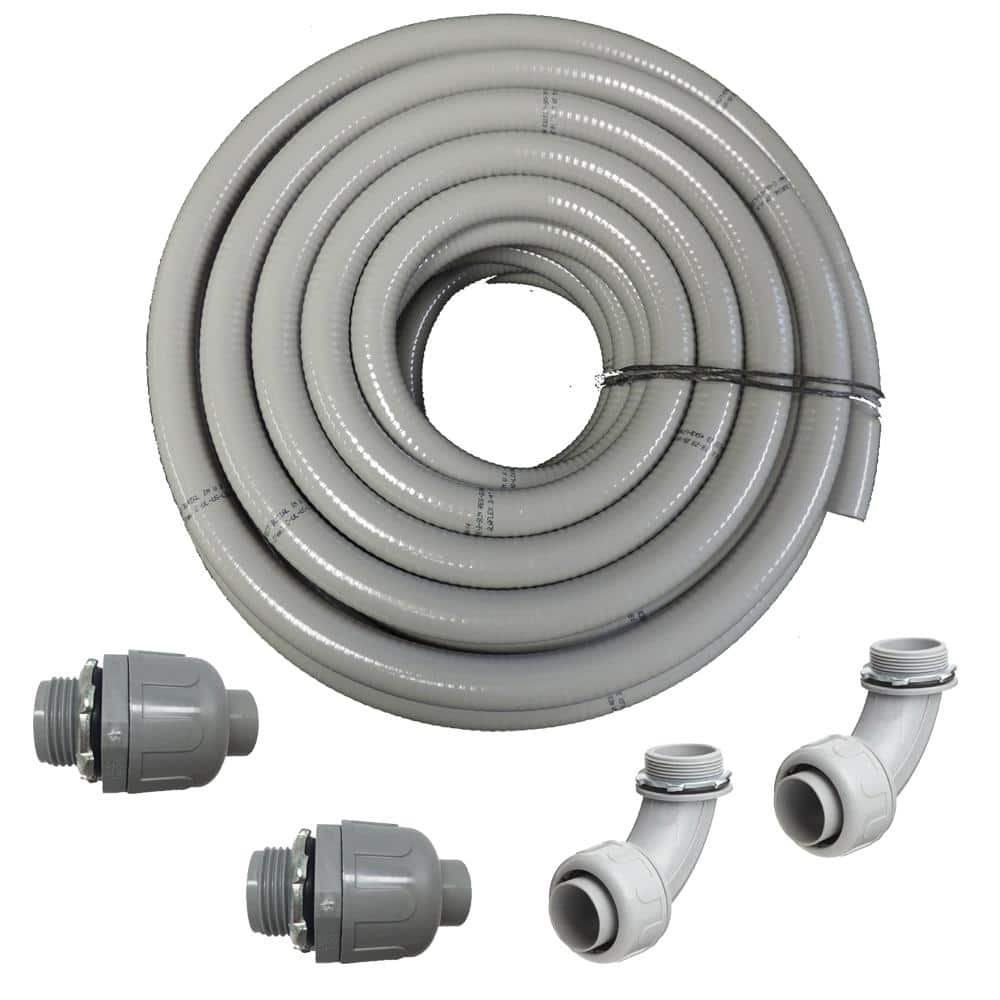You'll have to consult your inverter PV input specs. for the allowed string Voc & Isc. If it was me, I would want the capability to shutdown each string individually for maintenance or troubleshooting at each array. The IMO's come in 2 pole, 4 pole, and all kinds of string combinations for amperage (16, 25, 32 & more) Click on the IMO link and select one of the listed disconnects. Scroll down to the bottom of the product page and there is a table with all the pole/string combo's along with the available amperage & DC voltage ratings.
Based on a quick glance at your panel specs, 2 of the the IMO SI16-PEL64R-2 would work. The smaller wattage string (100)W has a amperage of ~6A if connected in series and the other larger panels (370W) have ~10A if connected in series. Each string falls well under the 16A disconnect amperage & the 800V DC max rating of the IMO IMO SI16-PEL64R-2. If your local code requires the disconnects be mounted outside the house near your power panel, then you might want 4 in total (2 disconnects at the outside of the house & 1 at each array.)
Here are the allowed connections specifics for the Sol-Ark 12based on their manual (page 9)...
10. Solar Panel Install
1. Sol-Ark 12K has 2 separate pairs of solar panel inputs. (Dual MPPT)
3. Max PV input: 13,000W(+/- 5%) per system (6,500W per MPPT) PV = 500Voc Max
Max Isc input per MPPT: 25A (self-limiting to 20A @450Voc/300Vmp or 18A @ 500Voc/400Vmp)
Note: Damage will occur if PV Voc > 550V.
4. Connect the strings of solar panels to the system as shown on pages 9/10.
As for the hydromaxx non-metal liquid tight (in your original post) as the conduit from the array mount to the house, I would seriously look at Sched 40 pvc electrical conduit if buried in open ground or Sch 80 if it goes under a driveway or other path that would see vehicles driving over it. The 1" Hydromaxx is $51 for 25 ft. Sched 40 Electrical PVC 1-1/2" dia would be less than $20 for the same 25ft length. There would only be 2 conductors & a ground wire from each array, so there's plenty of room in a 1-1/2" pvc conduit. Most installers use 2" pvc, since pvc is cheap and there's always room for expansion or pulling cables for other purposes (security cameras, yard lights, etc). Digging the trenches costs more than the pipe, by far, so over sizing the pipe is a no brainer.
I guess it all comes down to conduit costs vs. wire costs vs dc disconnect hardware location. 10 AWG THWN-2 can be found for .22 cents per foot, while 10 awg PV wire is .28 cents per foot. Not much of price difference really for a 500 ft spool. (
www.wireandcableyourway.com)



